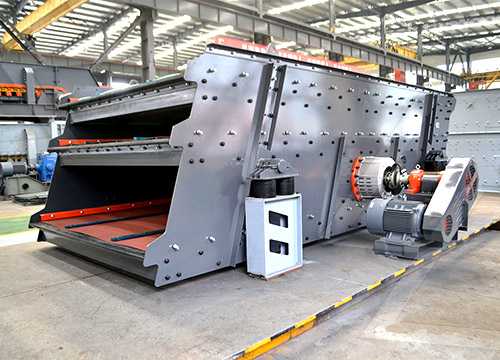Here’s a concise overview of filtering, leaching, and adsorption in the context of separation processes and environmental applications:
1. Filtering
– Definition: A physical process to separate solids from liquids (or gases) by passing the mixture through a porous medium (e.g., filter paper, membranes).
– Applications:
– Water/wastewater treatment (removing suspended particles).
– Industrial processes (e.g., clarifying juices, pharmaceuticals).
– Types: Gravity filtration, vacuum filtration, microfiltration.
2. Leaching
– Definition: Extraction of soluble components from a solid using a liquid solvent. Also called *solid-liquid extraction*.
– Applications:
– Mining (e.g., extracting gold using cyanide solutions).
– Food industry (e.g., obtaining sugar from beets).
– Methods: Heap leaching, in-situ leaching, agitated tank leaching.
 3. Adsorption
3. Adsorption
– Definition: Surface-based process where molecules (adsorbates) adhere to a solid surface (adsorbent).
– Applications:
– Water purification (activated carbon removes contaminants).
– Air filters (adsorbing volatile organic compounds).
– Gas separation (e.g., CO₂ capture).
– Common Adsorbents: Activated carbon, zeolites, silica gel.
Key Differences:
| Process | Mechanism | Phase Involved | Example Use Case |
|—————|————————-|————————–|—————————|
| Filtering | Physical separation | Solid-liquid/gas | Removing sand from water |
| Leaching | Solubility-based | Solid-liquid interaction | Extracting metals from ore|
| Adsorption| Surf.jpg) attraction | Gas/liquid to solid | Purifying air with carbon |
attraction | Gas/liquid to solid | Purifying air with carbon |
Emerging Trends:
– Hybrid Systems: Combining adsorption with filtration (e.g., membrane adsorbers).
– Green Chemistry: Using biodegradable adsorbents or solvents in leaching.
Let me know if you’d like deeper details on any specific aspect!





Leave a Reply